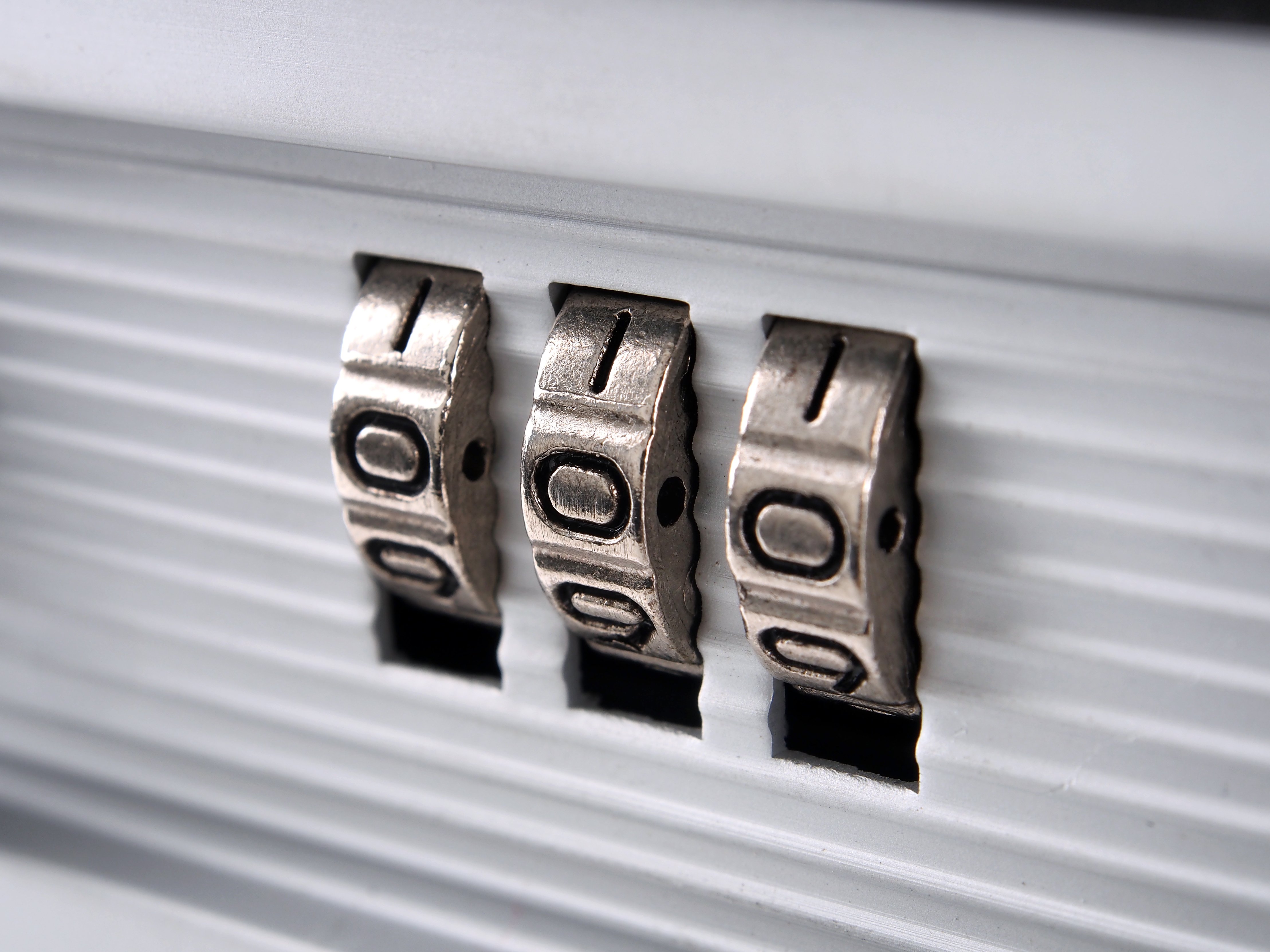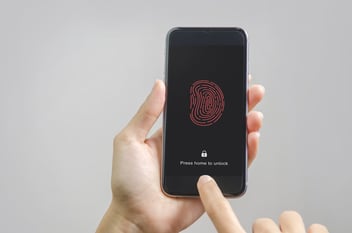The upturn in hybrid work models has made it clear that zero-trust printing is a necessary way forward. It has shown us both the promises and the pitfalls of our digitally enhanced world and the connectivity it pledges.
In hybrid work environments, data is no longer primarily stored on a physical hard drive but instead in the cloud. Modern businesses also have users printing from different locations and devices every day. This increased organizations’ attack surface and created an urgent need for IT leaders to rethink the perimeter-based approach to network security.
As a result, organizations look to adaptable print security solutions that evolve to meet business transformation. That’s why the zero-trust security approach has become so popular among IT departments; it’s a modern architecture for IT security that even includes print. This security model is rooted in the principle of ‘never trust, always verify’.
The zero-trust approach has emerged as a best practice and policy of choice for organizations of all sizes and IT leaders looking to regain control in today’s ever-changing threat landscape.
Zero-trust printing is an extension of the Zero Trust Network Architecture philosophy, the sum of identity verifications, least privileged access, and breach assumption. Zero-trust print minimizes print server and spooler vulnerability and assumes that no device, user, or connection can be trusted by default.
Let’s investigate how the zero-trust approach translates to your print environment and what zero-trust architecture benefits you can leverage.
What is Zero-Trust Printing?
Rather than cordially awarding print users with sweeping access to major portions of an internal network, the key tenet of a zero-trust printing environment is to restrict access and grant it on an as-needed basis. No users, devices, or connections are trusted by default.
The zero trust approach, created by John Kindervag, defaults to the idea of trusting nobody. It requires strict identity verification for everyone, whether inside or outside the network.
The security model is inherently more skeptical than traditional perimeter network approaches. The first instinct in a zero-trust environment is to withhold access and expect re-authentication.
Zero-trust security flips the traditional network perimeter-centric view of cyber security on its head. Least privilege is one of the core tenets of this security model, and user access is authorized continually to ensure authenticity and avoid data breaches.
The trust security model is not a single catch-all technology—It’s a fresh approach to network security based on three fundamental principles:
- Verify explicitly (always perform authorization and authentication through every possible data point)
- Use least privileged access (don’t give users more access than they need to perform their tasks)
- Assume breach (don’t expect your safety measures to be sufficient—have measures in place that can work as a catch-all in case safety measures fail)
Zero-trust removes the focus on the network itself and refocuses it on controlling access to internal systems. The fundamental goal is to minimize the attack surface of IT systems (like print and scan infrastructure), prevent data exposure, and avoid user compromise.
Many companies use an ‘access management service’ to control their access points in an attempt to achieve optimal safety. Some of the most common examples of these access and identity management services include Microsoft EntraID, LastPass Enterprise, PingID SSO, and Okta/Auth0.
📖 Read on → Driving the Future for Identity Management with Auth0
One of the significant security gaps that the zero-trust model addresses is print services. We’ve seen how disastrous it can be when print entries are not protected. Unsecured printers, print data, print users, and companion devices can leave a company vulnerable to cyber-attacks. Print has long been a weak security link until zero-trust printing emerged.
This article will go over how traditional zero-trust approaches often leave print infrastructure aside, creating a vulnerability in the corporate network. We will also discuss how zero-trust-compliant cloud printing can help.
The Weak Link in Zero-Trust Environments
Businesses can get so caught up in maintaining zero-trust networks that they forget about one of the IT activities most susceptible to threats: printing. To minimize the attack surface of your networks and IT systems, you need to integrate your print environment into your zero-trust model.
Printers and multifunctional devices (MFPs) can quickly become weak links in IT security. Smart-connected MFPs are critical endpoints and just as susceptible to malicious external cyberattacks as PCs—especially if print systems are still running on a traditional network.
In a traditional setting, a hacker may be able to access a printer queue and intercept documents. They may also be able to use their printer as an attack point—their “way in” to attack other systems within your company.
This doesn’t even consider how difficult it is to control the release of traditional printing, making it possible for documents to physically fall into the wrong hands (a scenario you can avoid with a cloud print feature called secure pull printing).
Companies must put emphasis on print security. IT leaders can leverage the cloud to provide complete visibility of the print fleet and securely and centrally manage anything print-related from a single pane of glass.
📖 Read on → 10 Ways to Maintain a Secure Cloud Print Environment
Data sent to a print device is stored on a hard drive and, if left unsecured, remains vulnerable to attacks even after being printed. This vulnerability proves print should be viewed as a critical component of an effective network security strategy. In other words, don’t neglect print regarding zero trust security.
Make Printing Part of a Zero-Trust Architecture
As you continue your digital transformation journey and pivot to support new hybrid work scenarios and cloud environments, you need to keep security in mind. You need to keep your security strategy and modernizing legacy infrastructure as top priorities, to move towards a sustainable zero-trust printing ecosystem.
Your security team must look for ways to align print management and infrastructure with broader IT policies such as authentication, authorization, and role-based access control (RBAC). The best way to strengthen the security around your printing infrastructure is to rely on cloud print solutions that can use sophisticated identity verification like Ping ID.
📖 Read on → Enjoy Secure Cloud Print with Ping ID Print Authentication
When you adopt cloud printing as part of your zero-trust security architecture, you will not only strengthen your security posture but will also minimize your attack surface. SAFEQ Cloud ties access to the customer’s ID provider and uses authentication practices to give granular access to services and data within a specific environment.
When you use cloud print, you no longer need to rely on clunky, high-maintenance printer drivers. Devices are also uniquely identifiable, meaning employees (and guests) can print from anywhere within your enterprise networks from their computers and mobile devices—as soon as they verify their identity, of course.
Trust is established with certificates and Public Key Infrastructure (PKI) for applications running on PC clients, embedded, etc., and internal device tokens can be used to authenticate the device itself.
Our SAFEQ Cloud platform uses standards-based technologies such as TLS, OAuth, and SAML for devices and services. The platform encrypts traffic by default, whether on an external or internal network. And naturally, we've also applied network segmentation.
Lastly, connections are outbound from the customer network, unsolicited links are discarded, and there are controls to shut down connections to prevent denial of service (DOS) attacks.
📖 Read on → Sophisticated and Advanced Security in your SAFEQ Platform
Cloud Print Allows for Monitoring Real-Time Updates
Relying on a cloud service makes it easier to perform network configuration on an ongoing basis. This means that you can easily update your internal network when permissions within an organization change.
Having navigated the perfect storm of providing access to printers while striving to maintain information security and cost control, your focus should now be on building a cloud-native zero-trust infrastructure. One that is agile to support changing business needs in a post-pandemic world.
First, you need to consider the major fundamentals of a cloud-native setup, i.e., everything from governance to business continuity and security compliance. Here’s the full list of security considerations to make when moving your print to the cloud:
📖 Read on → 5 Major Considerations for Migrating from Server to Cloud
Zero-Trust Architecture Benefits
Implementing zero-trust networking into your ERP systems will bring a number of benefits to your business. The benefits of zero trust include:
- Decreased threat surface on your print environment
- Full visibility into all network user activity
- Simplifies IT management of printing
- Maximized authority of authentication
- The ability to streamline and dynamically grant access
- Limit the risks of information exfiltration
- Improved and continuous protection against print vulnerabilities
- Less reliance on threat activity detection and prevention
- Enhanced security posture on-premises and in the cloud
- Helps IT departments secure in-house and remote workforce
FAQs on Zero-Trust Printing
Q1) How is Zero-Trust Printing Possible?
There is a lot of work going on in the background to ensure printing is fully implemented in a zero-trust environment. Born-in-the-cloud print infrastructure requires persistent and proactive security protocols. They also come with exhaustive system maintenance requirements. Extensive data protection (at rest, in transit, and in use) and privileged access to print devices make zero-trust printing possible.
Q2) What are the Three Main Concepts of Zero Trust?
The main concepts in zero trust networking are user and application authentication (verify at every possible data point), device authentication (assume breach and provide as little access as possible), and minimal trust (make authorization and authentication mandatory).
Final Points
"With zero trust cybersecurity solutions, organizations can not only obtain the security they need to protect their resources and data in today's distributed organization, they can also realize substantial business benefits.
In addition to improving visibility across the enterprise and reducing time to breach detection, enterprises can also reduce the complexity of their security stack, minimize the impact of the security skills shortage, and protect customer data to avoid reputational damage or financial losses. Businesses can improve the user experience and facilitate migration to the cloud through the adoption of a zero-trust security architecture."
Hyder Mohammed of Y Soft, in an interview with ITWire.
At Y Soft, we've helped lay the fears of the cloud being an unsecure environment to rest by making sure our devices, services, and solutions operate in a zero-trust manner. This ensures that data, in motion, at rest, and at use, remains secure and encrypted.
If you’re implementing zero trust security measures into your IT systems, consider adding Y Soft’s born-in-the-cloud multi-tenant SAFEQ Cloud platform into the mix. That way, you can leverage the many upsides there are in a safer, properly protected print environment.
With more businesses switching to cloud services, moving your print to the cloud is a great way to prepare for the future while keeping your data safe.
Solution providers design secure cloud print services to take infrastructure and security maintenance out of your hands. Learn more about what that means in our podcast episode where we sit down with Chris Bilello of HP (now with Konica Minolta).





